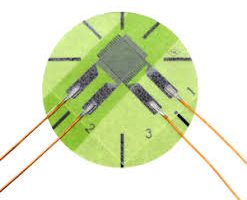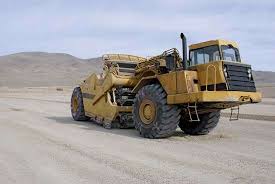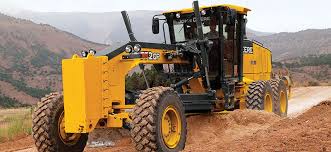Advantages of green building
Gree building can have the following advantages The immediate and most tangible is in the reduction in operating energy and water costs from day one dlifecycleentire life cycle of the building. The energy savings could range from
What is LEED
The buildings constructed based on the green concepts should conform to the prescribed standards. There should be continuous assessment and monitoring from the planning and design stage up to the completion of construction, for declaring a building
Solar energy
Solar energy is emitted from the sun due to the various thermonuclear reaction (nuclear fusion reactions occurring at very high temperature) taking place on the sun. It is the main source of energy for other non-conventional sources
Differences between natural gas and liquefied petroleum gas
The differences between natural gas and liquefied petroleum gas as follows Properties Natural gas Liquefied petroleum gas Types of source It is primary gaseous fuel obtained from oil fields Two types of natural gas are dry natural
Strain gauges

It is a passive transducer. This is a transducer. This transforms mechanical elongation and compression into resistance change. The elongation or compression per unit length of conducting wire is called a strain. The strain gauge is an
What is scraper

This equipment consist of a large bucket called the scraper and is attached to a tractor. It is capacity various from 3m3 to 9m3. The scraper has a cutting edge or blade at the bottom and it
What is grader

A grader is used to level the ground and spreads the loose material. It is self-propelled or towed by a tractor. It consists of 3 to 4m long angled blade supported on a framework mounted on wheels.
Advantages and disadvantages of LPG
The advantages of LPG are It is non-toxic, non- corrosive in nature. It burns cleanly and has high octane rating i.g. more than 100 RON (Research Octane Number). LPG engines have less knocking/ vibration. It does not
What are properties of LPG?
The properties of LPG are as follows It does not contain moisture or H2 S. So it is non-polluting in nature. The average calorific value is 29780 kcal/m3 It evaporates at normal temperature and pressure. So it
What is composition of LPG?
Liquefied petroleum gas (LPG) is obtained by Liquefaction of the uncondensed gases from the fractionating column during refining of crude petroleum oil. The thermal cracking of heavy petroleum oil. The condensed gases from refineries are cooled and